14" 150LB butterfly valve is made according to API609 standard. The valve body is made of WCB+EPOXY COATING. It has the structural characteristics of center line. Its connection mode is wafer. And it has gear operation mode.
Payment:
30% when order confirmed, 70% before shipmentProduct Origin:
ChinaColor:
CustomizationShipping Port:
Shanghai, ChinaLead Time:
30~60 days Ex Works after order confirmationMaterial:
WCB+EPOXY COATINGMethod of Operation:
G.OProduct Description
|
Type |
Butterfly Valve |
|
Size |
14" |
|
Pressure |
150LB |
|
Connection |
Wafer |
|
Operation |
G.O |
|
Body Material |
WCB+EPOXY COATING |
|
Design Norm |
API 609 |
|
Face to Face |
EN558-1 |
|
End Flange |
EN1092/ANSI B16.5a |
|
Top Flange |
ISO 5211 |
|
Test & Inspection Code |
EN 12266 |
|
Applicable Medium |
Water, Oil and Gas |
Features
1. The channel design is a full bore structure, ensuring the flow area of the valve and reducing the flow resistance of fluid passing through the valve;
2. Better sealing performance, lower wear, and lower opening and closing resistance.
Technical Drawing
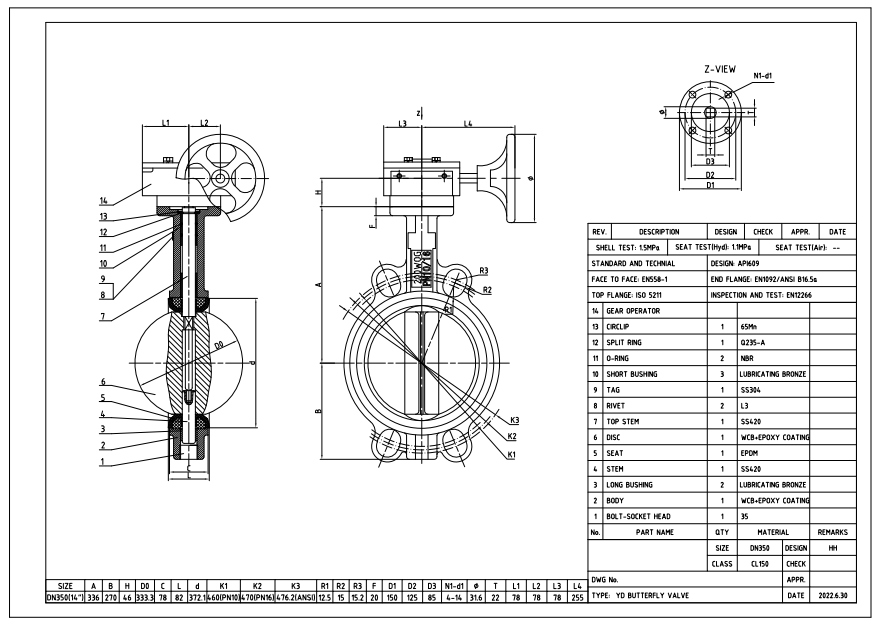
Dimension Checking
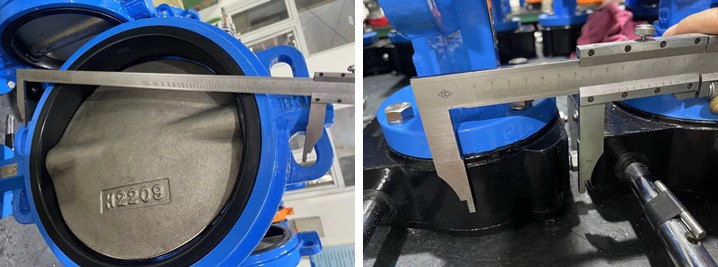
Pressure Testing
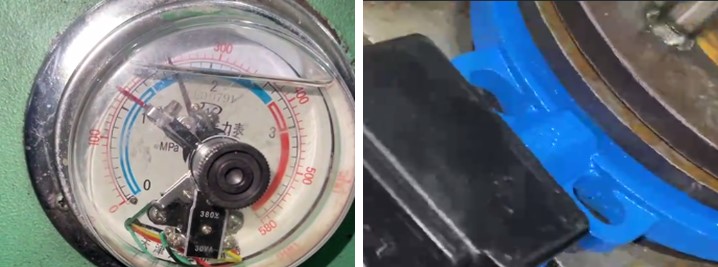
Painting
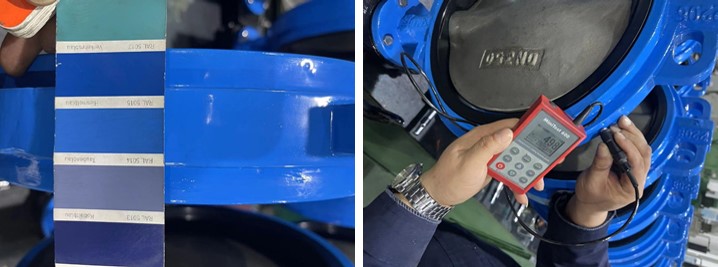
Nameplate & Packing
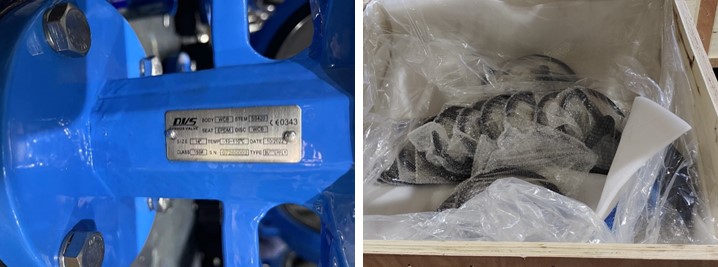
Inspection report
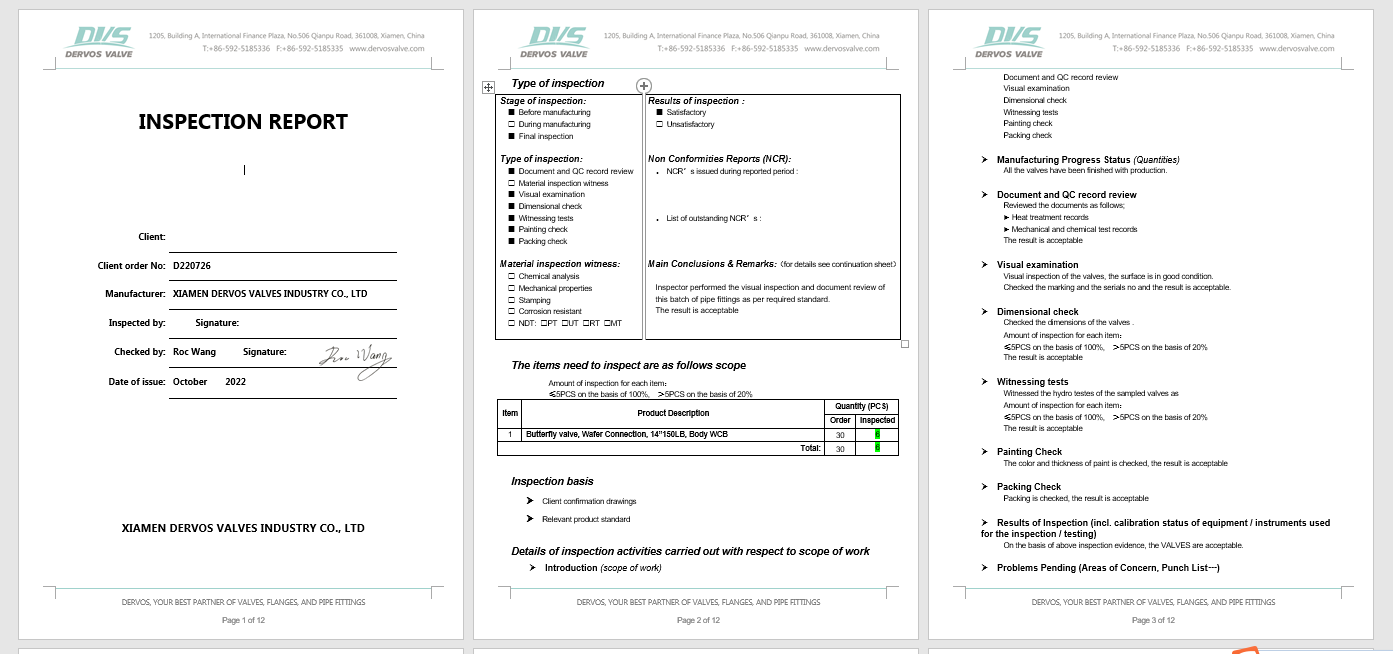
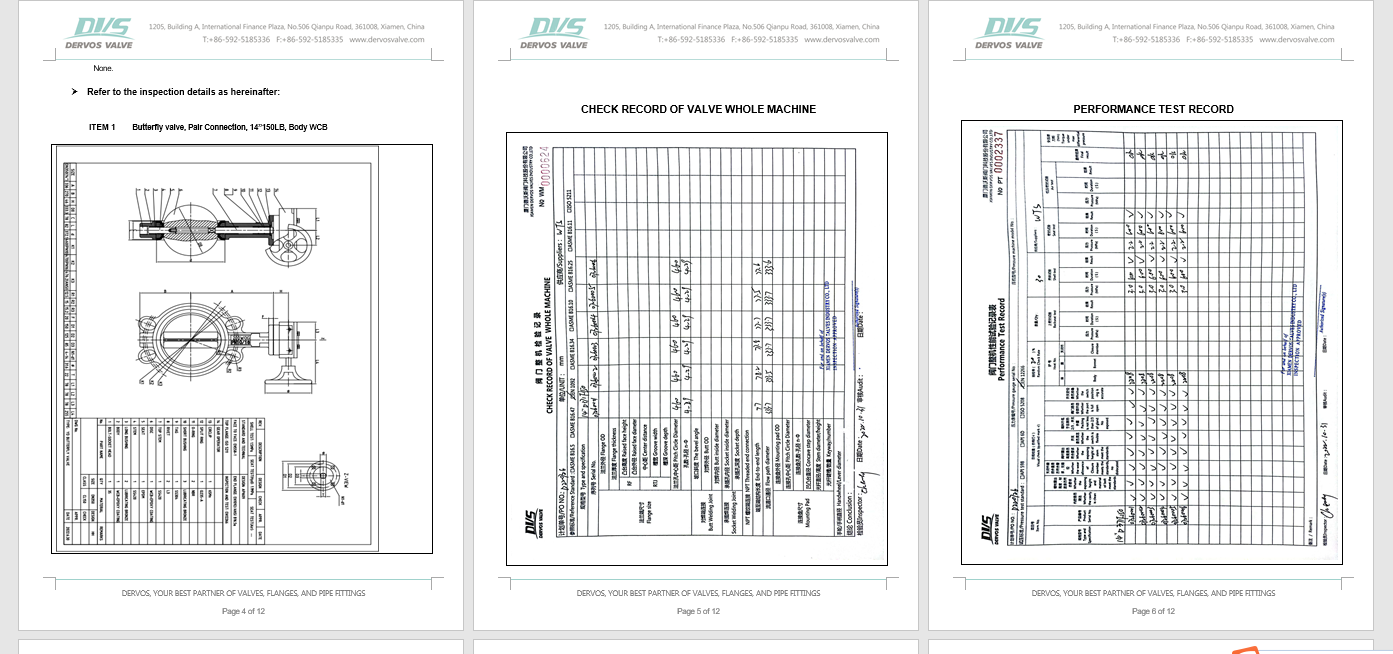
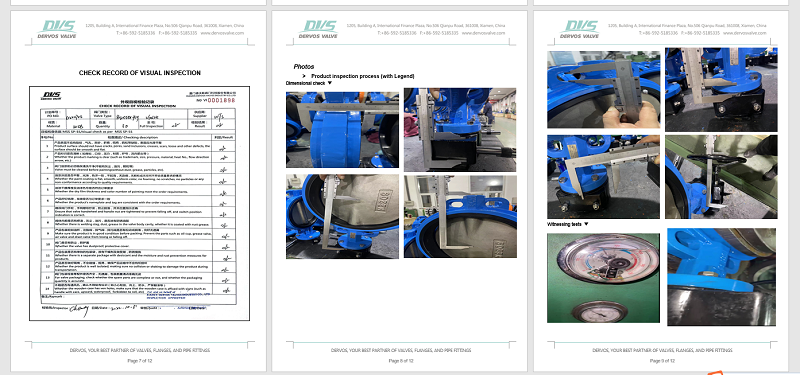
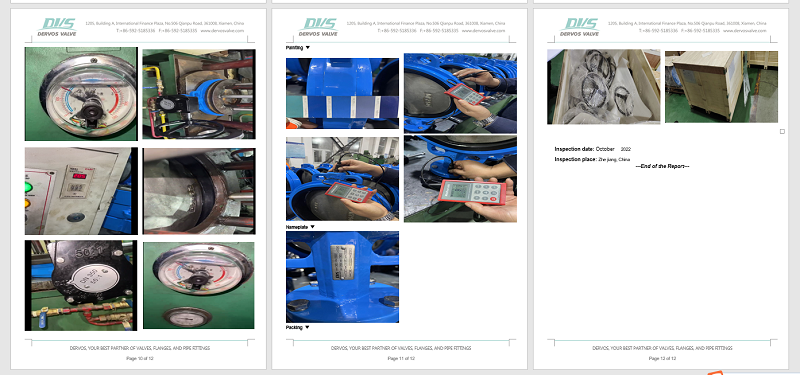
If you are interested in our products and want to know more details,please leave a message here,we will reply you as soon as we can.